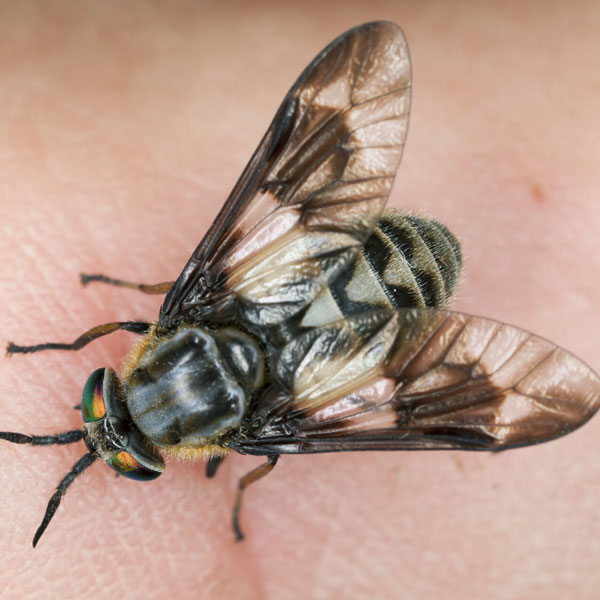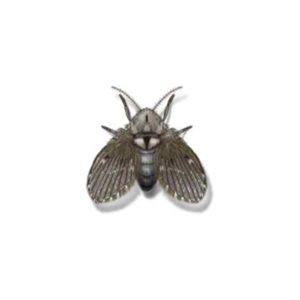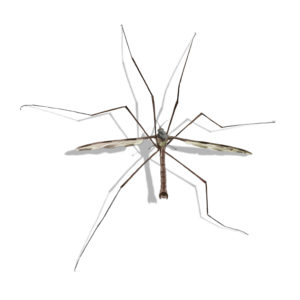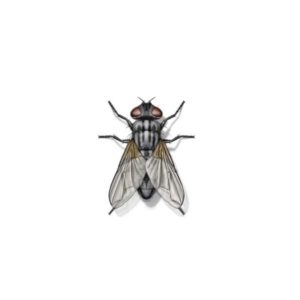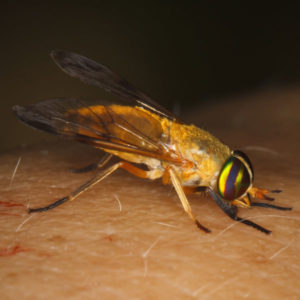Deer Flies in Anaheim
Deer flies and horse flies are hefty insects that are very unpleasant to have around. They’re known for their relentless biting habits, targeting not only humans but also wildlife, livestock, and other mammals. These bites can transmit diseases like tularemia to humans, making them a danger to your health. Deer flies, the smaller of the two species, have dark bands on their wings and eyes with similar colors to those of a horsefly. Even just a few of these persistent flies can turn outdoor activities and yard work into a miserable experience.
Deer Fly Habitat
Deer flies and horse flies tend to hang around places near bodies of water where their larvae can grow. You’ll often spot them in areas with bushes or low-lying pastures close to creeks and streams that have moist soil, which is ideal for their offspring. Although they usually stay outdoors, deer flies can occasionally make their way inside buildings. If you’re in a house or hotel with a swimming pool, be aware that these pests might show up more frequently. Shiny surfaces and quick movements can attract deer flies to people in such places.
Deer Fly Behaviors, Threats, or Dangers
Female deer flies and horse flies are capable of and will bite people, often causing painful wounds on any part of the body. These bites can lead to bleeding and discomfort, but applying basic first-aid skin creams can help ease the pain. In rare cases, some individuals might experience allergic reactions like hives and wheezing.
In some areas of the western U.S., there’s evidence that a particular type of deer fly is involved in spreading a bacterium responsible for tularemia, which is also known as deer fly fever or rabbit fever. These flies are notable for their painful and relentless biting, making them troublesome pests for livestock. If you keep encountering deer flies near your property, get in touch with your local fly exterminators to get rid of them quickly so you can enjoy your time outside without the stress – or painful bites.

